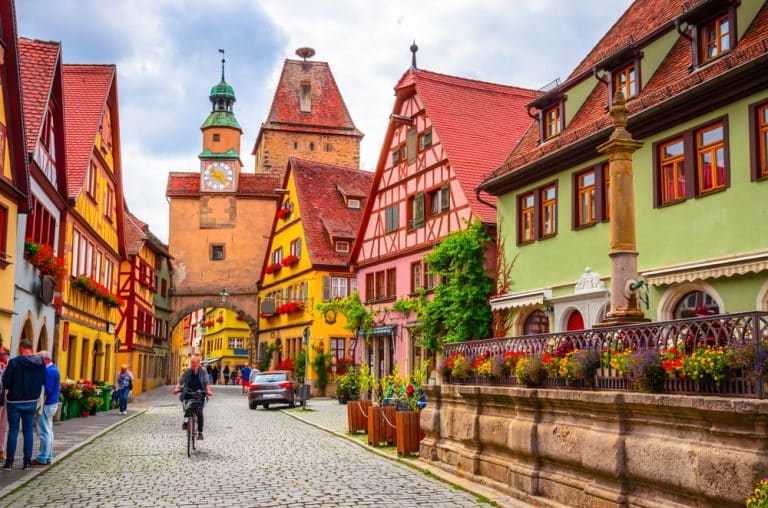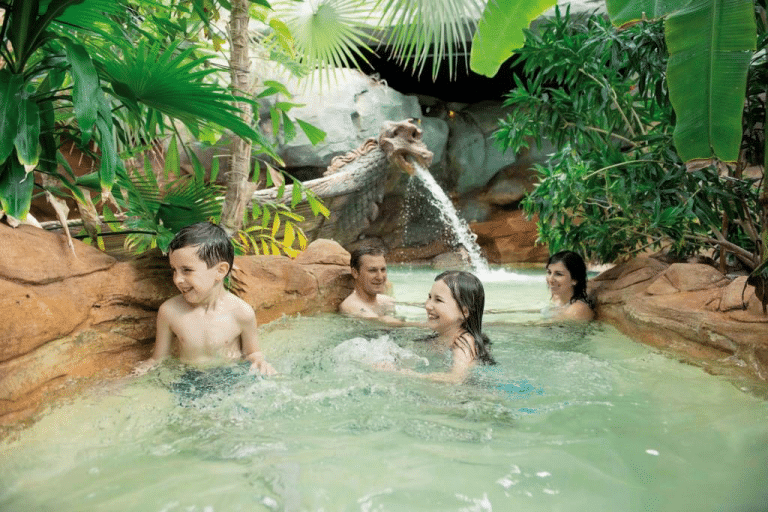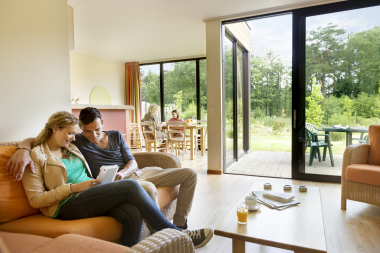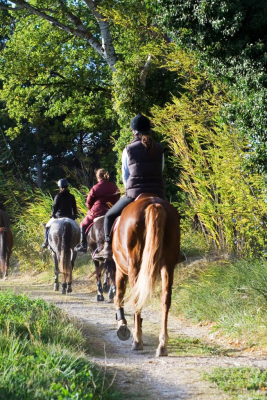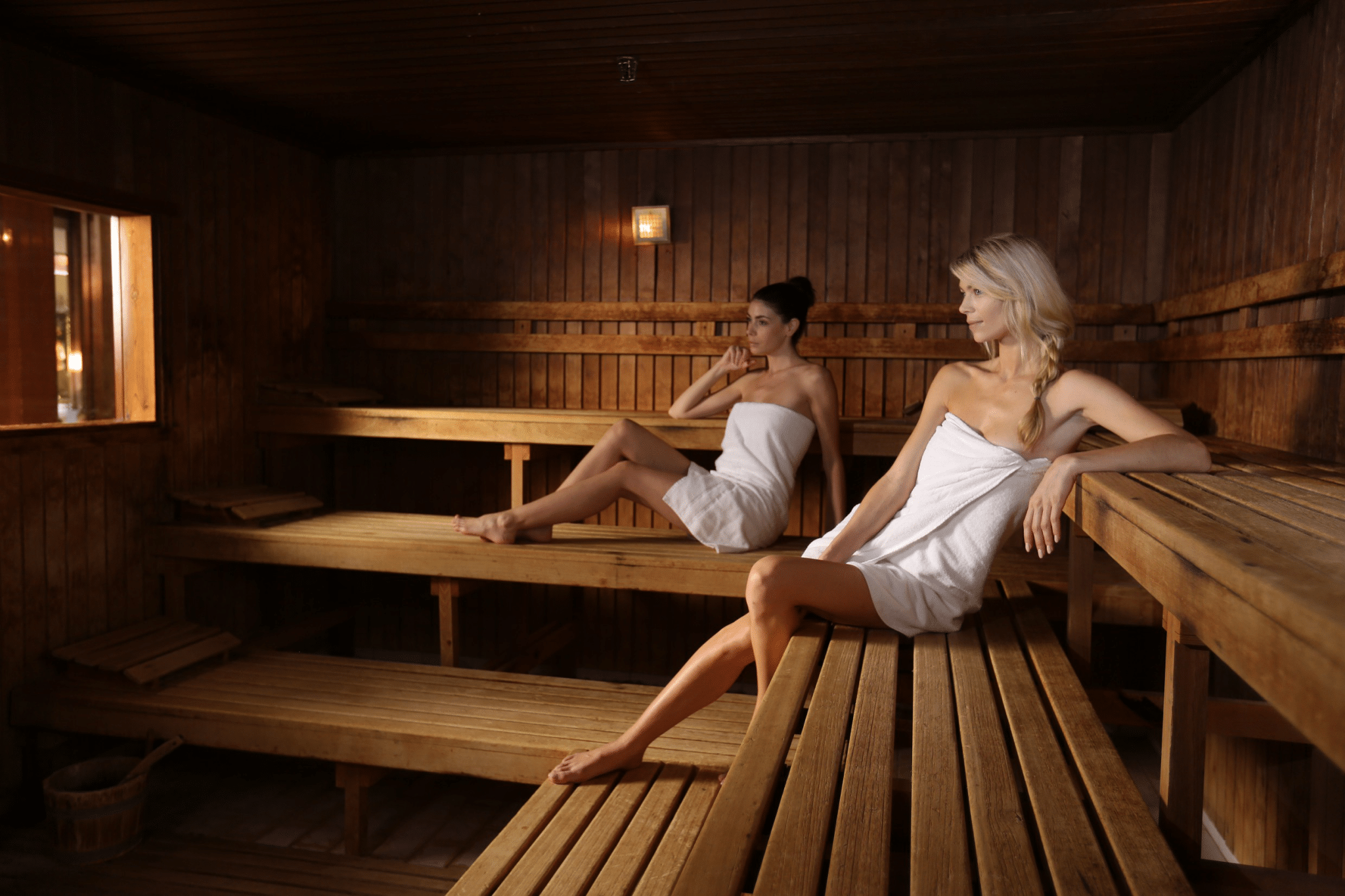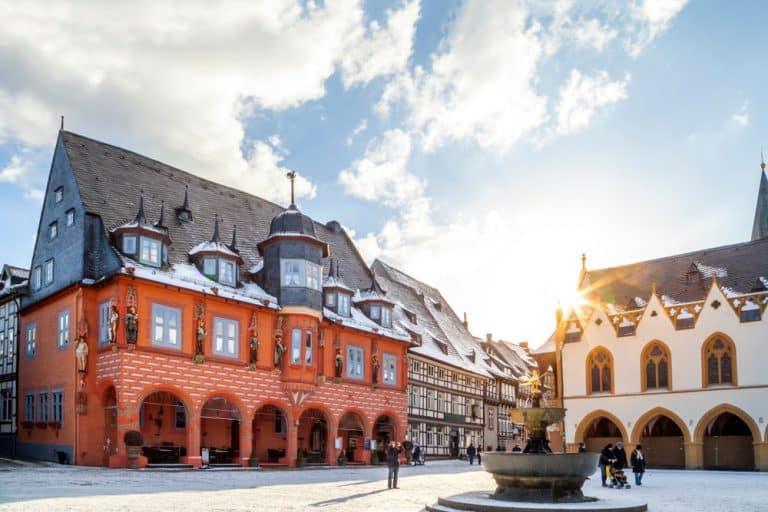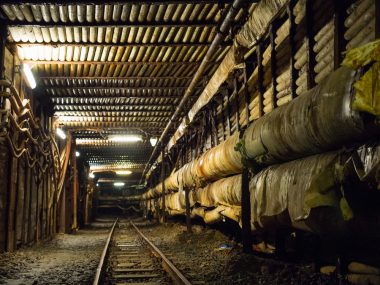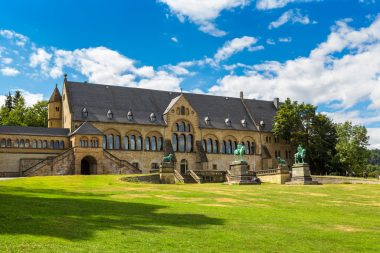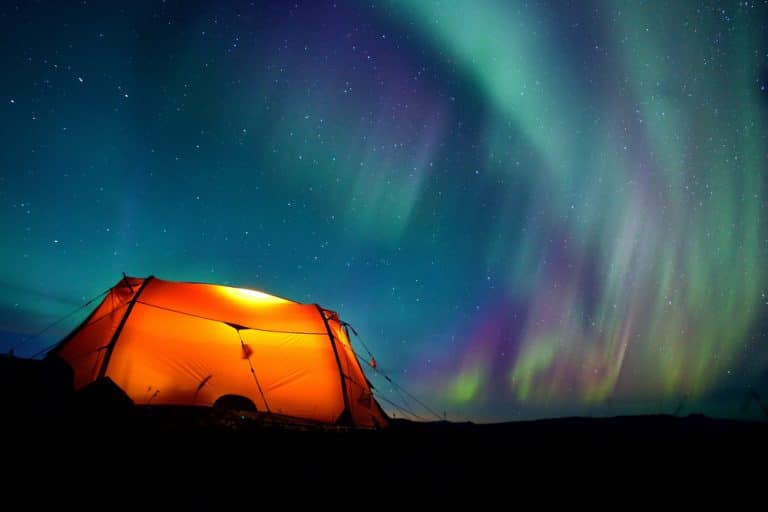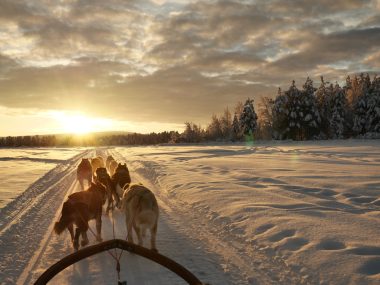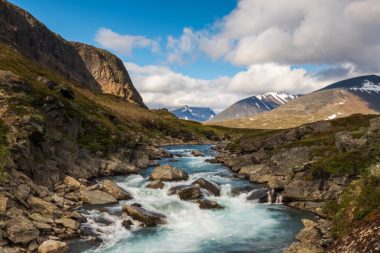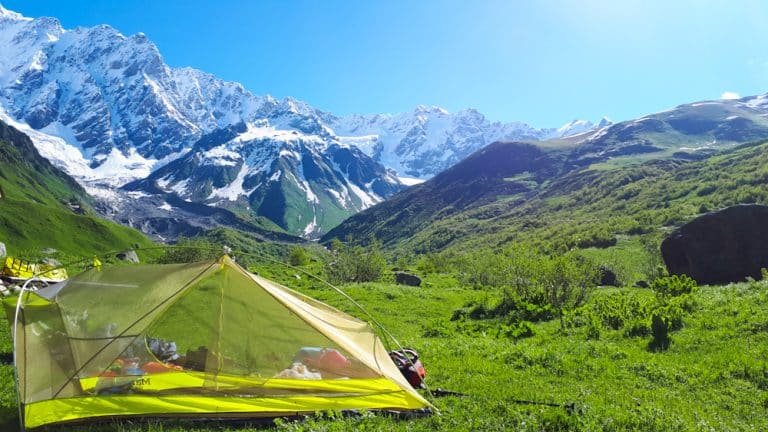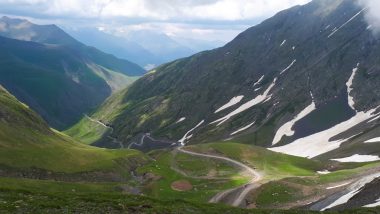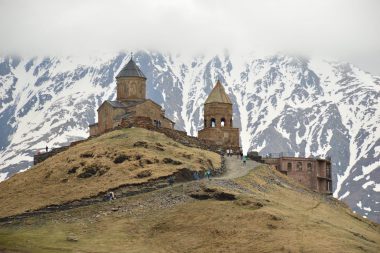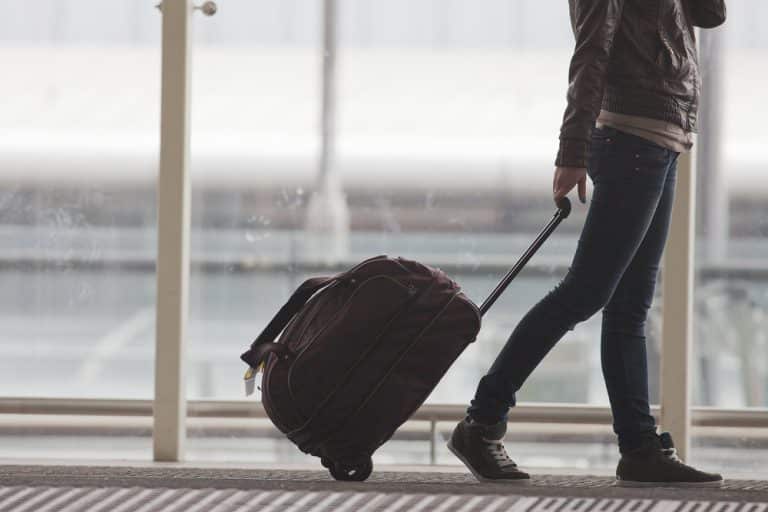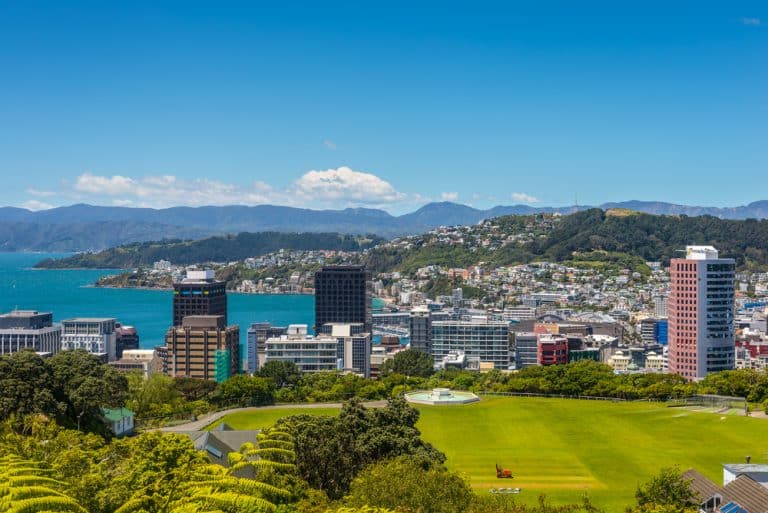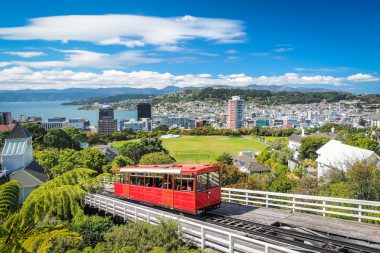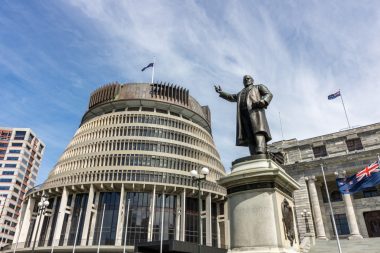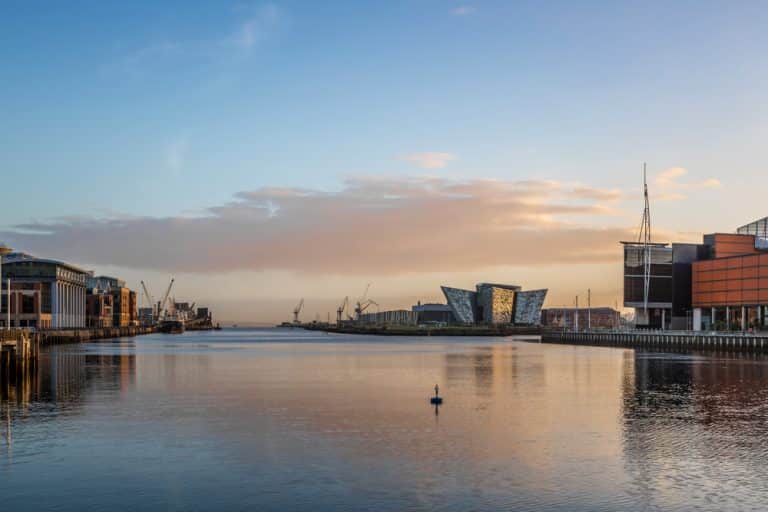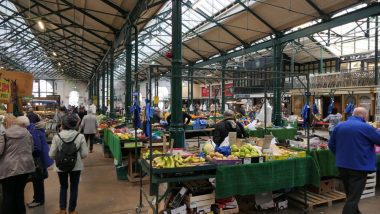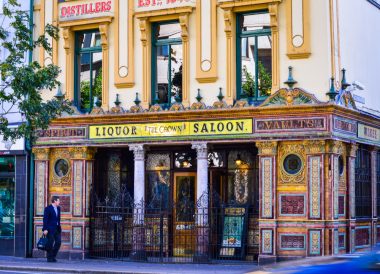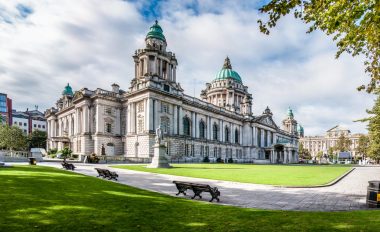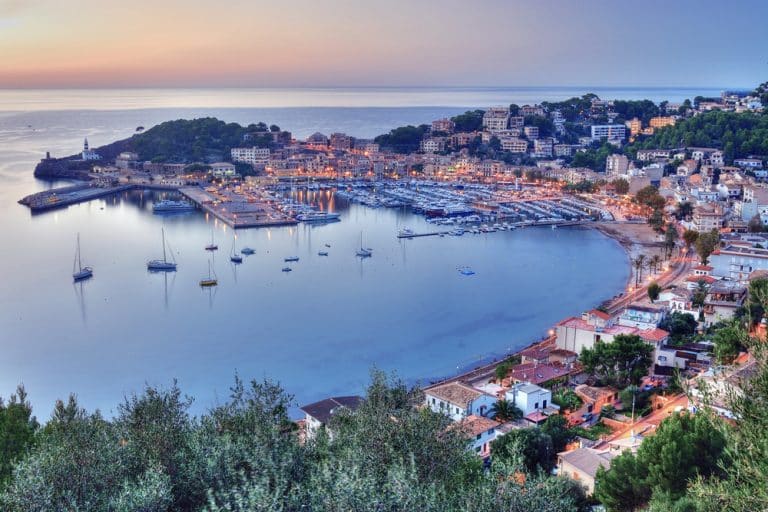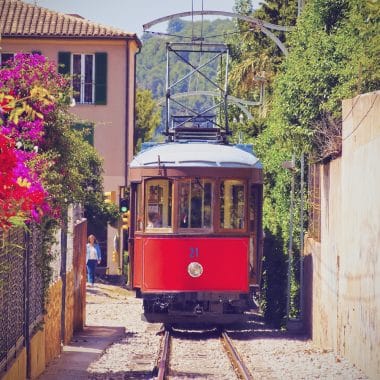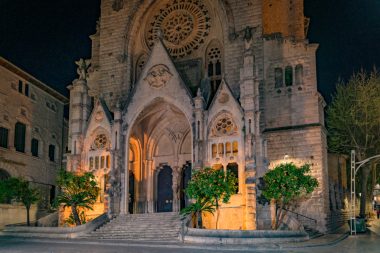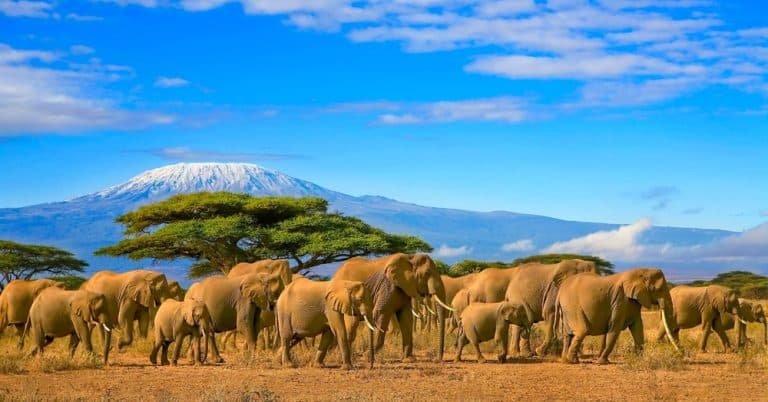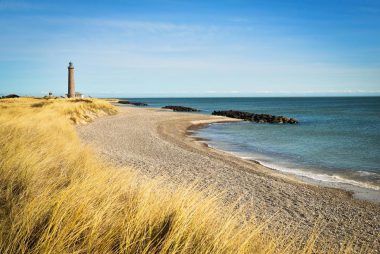Rothenburg ob der Tauber, with its historic old town with its half-timbered romanticism and unique location in the Tauber Valley, is the epitome of the Middle Ages in Germany for many tourists. Guests from all over the world travel to Middle Franconia to enjoy the unique atmosphere.
Half-timbered houses with pointed gables are tightly packed next to each other, and every now and then a clock tower rises. The narrow, winding streets with the cobblestones invite you to explore. What is hidden behind this archway with the wide, double-winged door? Maybe another piece of the Middle Ages? In Rothenburg ob der Tauber you can let yourself drift – a visit to the city is almost like a journey through time. Unfortunately, you are not alone and almost feel like you are in an open-air museum at the popular spots. On long walks you pass the city wall and worthwhile museums and churches. Many nooks and crannies invite you to linger. In addition to the historical sights, Rothenburg ob der Tauber has even more to offer: namely an excellent wine culture. The area around the city is also worth a visit: hiking, cycling or just taking a leisurely walk on the historic city wall. In Rothenburg ob der Tauber you can spend a quiet holiday.
Visit to the Middle Ages
“A journey through the Tauber Valley is a walk through German history,” wrote the writer Wilhelm Heinrich Riehl in 1865.
Nothing has changed in this regard to this day. The uniform and self-contained medieval townscape towers high above the Tauber Valley. It attracts tourists as well as cultural historians and those interested in art and architectural history. Among the outstanding sights are the Gothic St. Jacob’s Church with a Riemenschneider altar, the fortification with a battlement walk and a total of 42 towers and city gates, the town hall and the castle garden. Let’s go!
Rothenburg ob der Tauber is the epitome of the German Middle Ages. The old town is completely surrounded by a city wall. You can experience the city particularly well on its historical festivals or on a themed tour.
Walking tours in Rothenburg ob der Tauber:
- Experience churches
- Experience museums
- Experience the city wall
- Experience favorite places
- Children’s City Guide Rothenburg
Top 10 sights in Rothenburg ob der Tauber
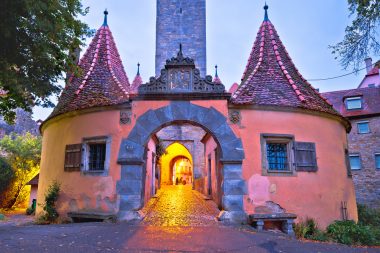
Tourists can experience a lot in Rothenburg ob der Tauber. And that every day of the year – the city is a year-round destination and always beautiful and worth seeing. The historic town, the museums and the quaint alleys and wine taverns make a trip to Rothenburg an unforgettable experience.
With so many sights, it’s hard to choose. The best thing to do is to do what you feel like doing: strolling, museums, coffee and cake or going out for a fancy meal. Or an excursion by bike into the wonderful nature of Franconia and cycling through vineyards. There, too, you stop again and again and enjoy the wine and the delicious Franconian cuisine.
Nevertheless, these 10 sights should not be missed.
- The Plönlein
- Market Square and Town Hall
- City Walls & Towers
- Castle Garden
- Medieval Crime Museum
- Rothenburg Museum
- Käthe Wohlfahrt’s Christmas Museum
- St. James’ Church
- History vault
- Double Bridge & Tauber Valley
Plönlein? That sounds interesting. What do you think is behind it? And where is it located in Rothenburg ob der Tauber? The Plönlein is something like the landmark of Rothenburg. It is a good starting point for a city tour. This is not a tower or a house, but a small square with a fork in the road. Plönlein comes from “plan” and means “even”. In the past, the Fischstapelplatz was located here, but today the Plönlein is still surrounded by half-timbered houses with a view of the Kobolzellertor and the Sieberstor.
Surrounded by the nature of Franconia
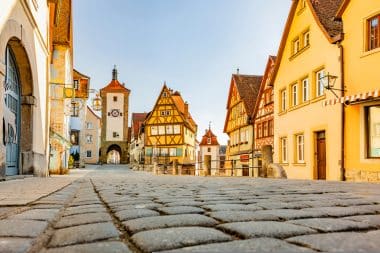
In fact, Rothenburg has a lot to offer not only in the city, but also outside the historic city walls. It is located in the Frankenhöhe Nature Park above the “Lovely Tauber Valley. Picturesque valleys, small streams and the river Tauber, mountain ranges with great views over the countryside, mills and lakes stretch from here to Wertheim. They make you want to go on a discovery tour by bike or on foot.
Activities in Rothenburg ob der Tauber:
- Wander
- Cycling
- Climb
- Ballooning in Rothenburg
- Golf
- Swim
- Shopping
A unique network of hiking trails stretches around Rothenburg. A total of 13 well-marked and well-maintained hiking trails invite you to explore the nature around the medieval town. Hiking weeks and guided hikes are also tempting – Rothenburg is also located on the Way of St. James, a pilgrimage route that leads to Spain .
If you are not so good on foot or want to see more, come here by bike or rent a bike on site. An extensive network of cycle paths and the scenic surroundings invite you to cycle: the “Liebliches Taubertal” cycle path, the “Aischtal cycle path” or the “Franconian water cycle path”.
Excursions that are worthwhile
Rothenburg ob der Tauber is located in the heart of southern Germany. From here you can take tours to Bavaria, Franconia and Baden-Württemberg and experience even more.
If you can separate yourself from the medieval city for a while, you will find yourself directly on famous holiday routes: The Romantic Road and the Hohenzollern Route, to name just 2. The Castle Road, for example, leads past castles and palaces. Garden fans embark on the Garden Route and experience highlights of the region: from the castle garden to the allotment garden paradise, 24 parks and gardens can be visited. These include monastery gardens, castle parks and cottage gardens.


